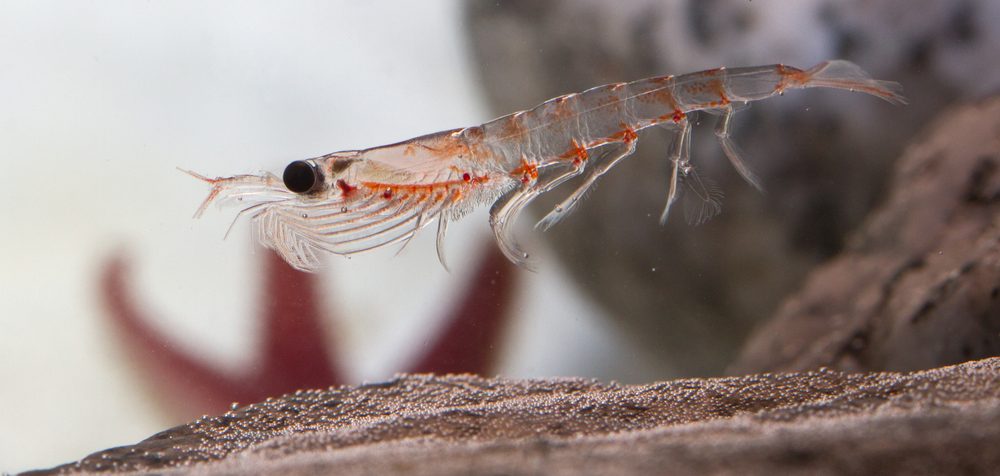
A team from Brown University’s School of Engineering have built Pleobot – a krill-inspired robot with the potential of serving as a foundation for building small, highly maneuverable underwater robots.
Krill are small crustaceans found throughout the world’s oceans, and are known to be exceptional swimmers that can brake, turn, and accelerate with ease. Their swimming technique – called metachronal swimming – involves the coordinated movement of multiple appendages or legs sequentially, creating a wave-like motion that propels the organism forward. This allows them to vertically migrate distances of over 1,000 meters twice daily.
“Experiments with organisms are challenging and unpredictable. Pleobot allows us unparalleled resolution and control to investigate all the aspects of krill-like swimming that help it excel at maneuvering underwater. Our goal was to design a comprehensive tool to understand krill-like swimming, which meant including all the details that make krill such athletic swimmers,” said team leader, Sara Oliveira Santos.
The researchers combined fluid mechanics, biology, and mechatronics to construct Pleobot. It was built at a scale ten times larger than the krill, which average only 1 cm to 6 cm in length. Pleobot is made up of 3D printable parts with active and passive actuation of the joints to create natural kinematics. They utilized force and fluid flow measurements and biological data to establish the relationship between the flow around the appendage and thrust. Pleobot has three movable sections in order to replicate metachronal swimming. The two leg segments of Pleobot can be controlled, while its branched fins are controlled passively, in order to replicate the opening and closing motion in the fins of krill. The teams’ design is open-access, in hopes of inspiring further study.
The study demonstrated a previously unknown mechanism of krill swimming, explaining how krill are able to generate lift while swimming forward. According to the researchers, this exceptional swimming ability has the potential to produce superior ocean navigation robots.
“Krill aggregations are an excellent example of swarms in nature: they are composed of organisms with a streamlined body, traveling up to one kilometer each way, with excellent underwater maneuverability. This study is the starting point of our long-term research aim of developing the next generation of autonomous underwater sensing vehicles. Understanding fluid-structure interactions at the appendage level will allow us to make informed decisions about future designs,” said Monica M. Wilhelmus, head of the Wilhelmus Lab at Brown.
